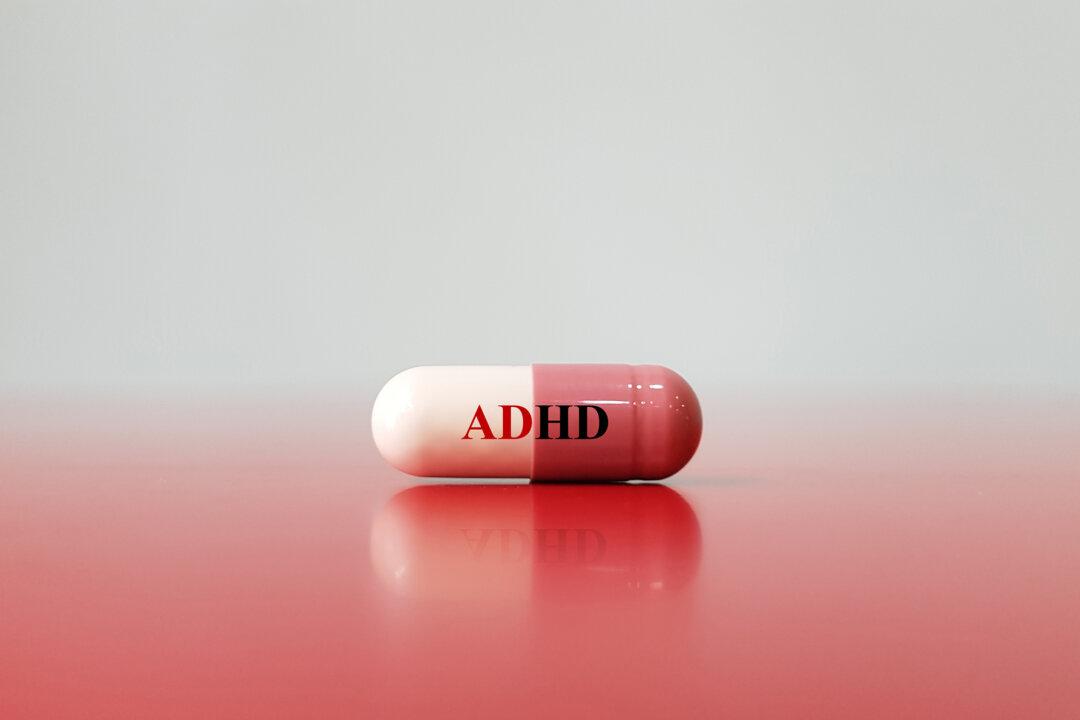One in nine children are now classed as having some form of disability as more parents and young people themselves have sought a diagnosis for mental health conditions and behavioural problems.
The sharpest rise has come in diagnoses for Attention Deficit Hyperactivity Disorder (ADHD), with some questioning whether the condition is being over-diagnosed and suggesting differences in human behaviour and everyday problems are being medicalised.





